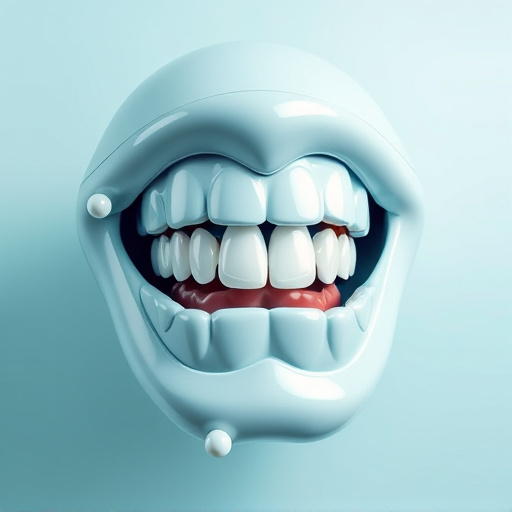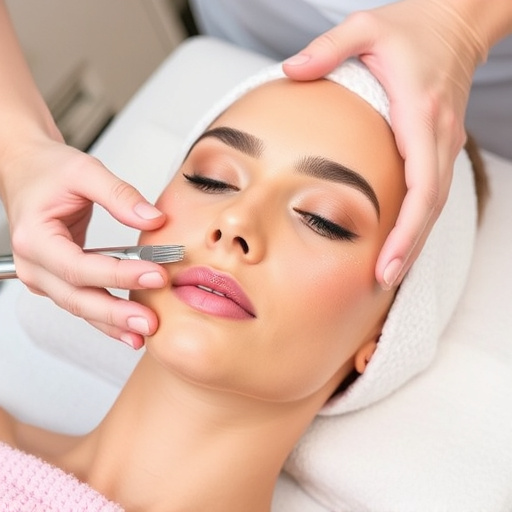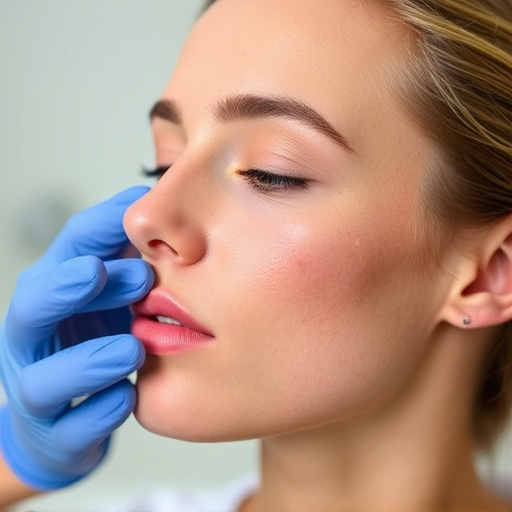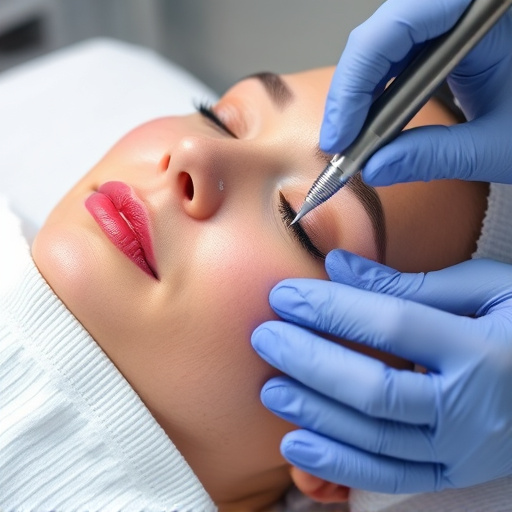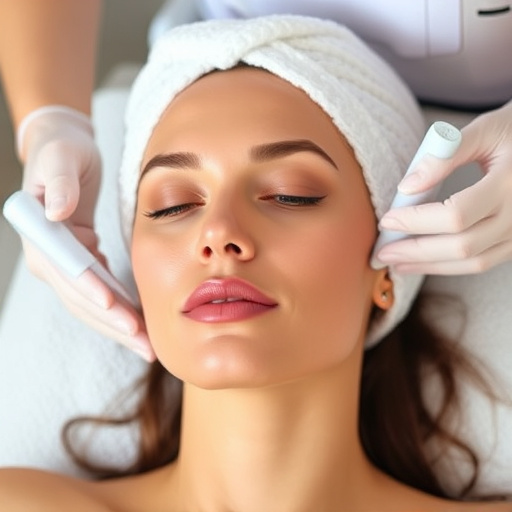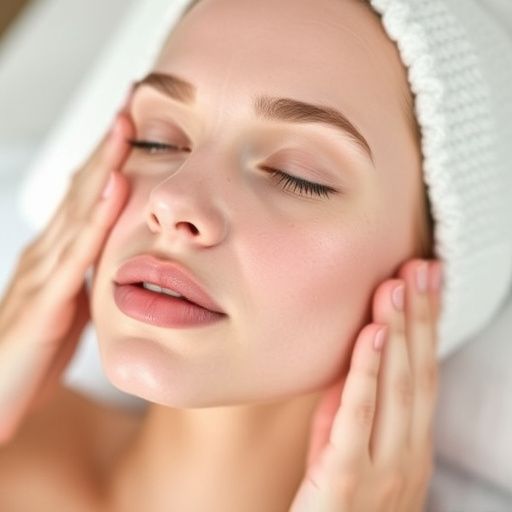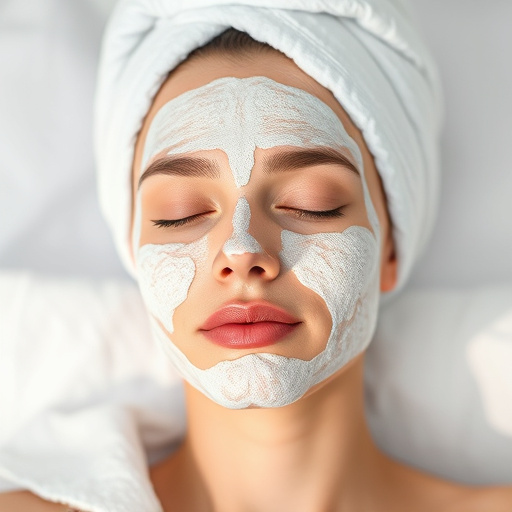Hormonal acne, caused by elevated androgen hormones, leads to clogged pores, inflammation, and breakouts on face, jawline, and chest. Diagnosing hormonal imbalances through medical history, blood tests, imaging, and biopsies is key for effective hormonal acne treatment. Targeted therapies like oral contraceptives, spironolactone, topical medications, chemical peels, and laser therapy address root causes for long-term relief and improved skin health.
Hormonal acne is a common skin concern, affecting millions. Beyond typical breakouts, it’s driven by fluctuations in hormones like testosterone and insulin-like growth factor 1 (IGF-1). This article demystifies the science behind hormonal acne treatment. We’ll explore understanding its causes, diagnosing and evaluating hormone imbalances, and delve into effective treatment options. Discover tailored approaches to manage and clear your skin, with insights into the latest research and proven strategies for lasting clarity.
- Understanding Hormonal Acne Causes
- Diagnosing and Evaluating Hormonal Imbalances
- Effective Treatment Options Explained
Understanding Hormonal Acne Causes
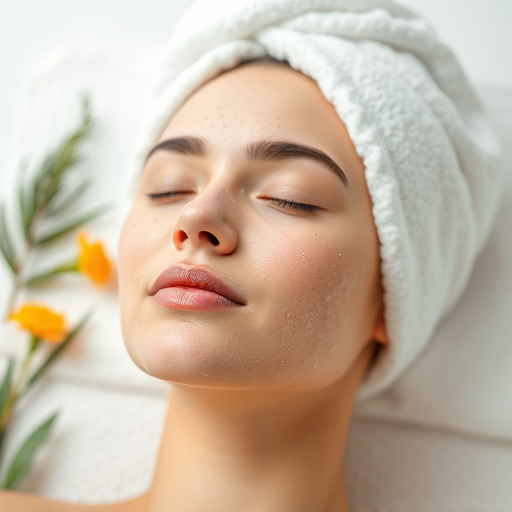
Hormonal acne is a common skin concern, especially for individuals experiencing fluctuations in hormone levels, such as teens, pregnant women, and those going through menopause. It’s caused by an overproduction of sebum, the oil that keeps our skin moist, due to increased androgen hormones like testosterone. This excess oil clogs pores, leading to inflammation and the formation of acne lesions.
Unlike typical acne, hormonal acne tends to cluster around certain areas like the chin, jawline, and chest due to the increased sensitivity of these regions’ sebaceous glands to hormone signals. While over-the-counter products can offer some relief, many cases require a more tailored approach. That’s where hormonal acne treatment comes in. Customized facials and other targeted facial treatments can help regulate oil production, unclog pores, and soothe inflamed skin. Hydrating facials, for instance, can provide much-needed moisture to areas prone to dryness resulting from hormonal acne.
Diagnosing and Evaluating Hormonal Imbalances
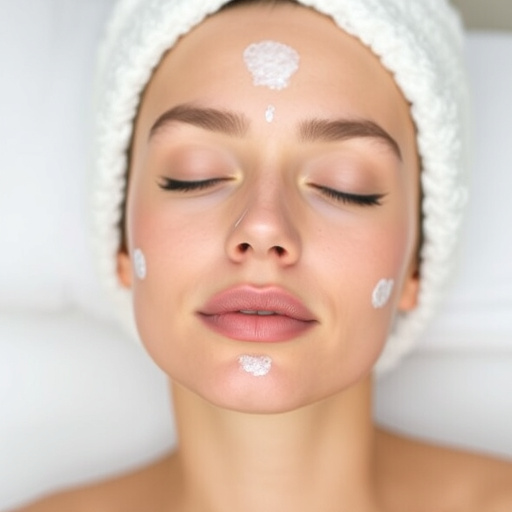
Diagnosing hormonal imbalances that contribute to acne involves a comprehensive approach. Healthcare professionals begin by reviewing a patient’s medical history and current symptoms. They may order blood tests to measure hormone levels, specifically focusing on androgens like testosterone and dihydrotestosterone (DHT). These hormones play a significant role in oil production, and elevated levels can lead to clogged pores and acne breakouts. Additionally, doctors might recommend imaging studies or biopsies in certain cases to assess the severity of skin changes and rule out other conditions.
Evaluating hormonal imbalances is crucial for effective hormonal acne treatment. By understanding the root cause, specialists can tailor treatments like oral contraceptives, spironolactone (an anti-androgen drug), or topical medications that target specific hormones. These acne treatments address the underlying imbalance, offering long-term relief and improved skin health alongside other anti-aging treatments and facial treatments.
Effective Treatment Options Explained
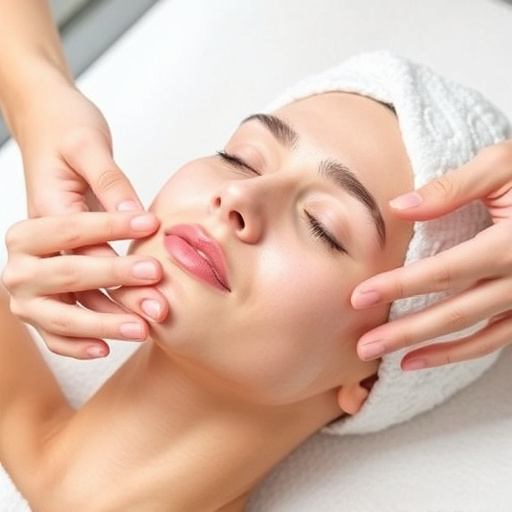
When it comes to effective hormonal acne treatment, understanding the root cause is key. Hormonal changes, often triggered by puberty, pregnancy, or menopause, can lead to an overproduction of sebum, the skin’s natural oil, which clogs pores and sparks acne breakouts. This is where targeted interventions come into play. Modern skincare offers a range of options tailored to combat hormonal acne.
One popular approach involves topical retinoids, derivatives of vitamin A that speed up skin cell turnover, unclogging pores and reducing inflammation. Antibiotics are another choice, particularly for cystic acne, as they help control bacteria growth. Additionally, oral contraceptives can be prescribed to regulate hormone levels and minimize acne. Beyond these, professional skincare treatments like chemical peels and laser therapy offer powerful tools for skin rejuvenation, leaving complex cases of hormonal acne under control and promoting clearer, healthier skin.
Hormonal acne treatment involves a comprehensive understanding of the science behind its causes, accurate diagnosis of underlying hormonal imbalances, and the application of effective treatment options. By addressing these aspects, individuals can experience significant improvements in their skin health. Remember that, while this overview provides valuable insights, consulting with a healthcare professional is crucial for personalized guidance tailored to your specific needs regarding hormonal acne treatment.
